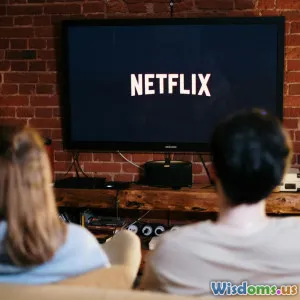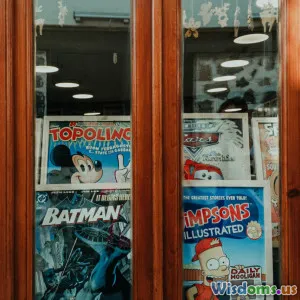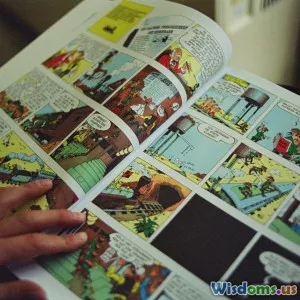
The Surprising Challenges of Adapting Graphic Novels
17 min read Explore the unexpected complexities filmmakers face when adapting graphic novels into other media formats. (0 Reviews)
The Surprising Challenges of Adapting Graphic Novels
Few creative fields meld art and text as seamlessly as graphic novels. What started as pulpy superhero adventures or niche comics now stands as a respected narrative form—think Art Spiegelman's Pulitzer-winning Maus or the universally beloved Persepolis by Marjane Satrapi. Given their visual prowess and complex storytelling, graphic novels appear ripe for adaptation into movies, television, and even stage plays. But behind the allure lies a minefield of unique challenges.
In this article, we dive into the specific obstacles facing creators, producers, and writers intent on translating the visual-literary world of graphic novels into new mediums—forging a path that’s equal parts opportunity and peril.
Staying Faithful vs. Creative: The Adaptation Dilemma

Adapting a graphic novel is a delicate balancing act between remaining loyal to the original material and crafting a fresh experience appropriate for a new audience. While some fans clamor for scenes and visuals recreated panel-for-panel, others want the adaptation to transcend its origins and exploit the new medium’s strengths.
Take Zack Snyder’s 2009 film Watchmen. Alan Moore and Dave Gibbons’s original graphic novel redefined the superhero genre with intricate plotting and dense meta-commentary layered over striking visuals. Though Snyder reproduced many iconic moments with near photographic accuracy, critics still debated whether the soul of the comic survived in cinematic form. The infamous squid ending, for example, was jettisoned for a more mainstream narrative twist—a decision dividing both fans and newcomers.
Meanwhile, the live-action adaptation of Bryan Lee O’Malley’s Scott Pilgrim demonstrated the benefits of creative liberty. Director Edgar Wright infused the film with frenetic editing and video game visuals, embracing the spirit rather than the letter of the source material. The result? A cult hit that feels uniquely cinematic while still nodding to the quirky, self-aware tone of the comics.
The takeaway: great adaptations engage in creative dialogue with their source rather than slavishly copying or recklessly diverging from it. Navigating this tension is one of the central challenges facing graphic novel adaptations.
Visual Translation: When Panel and Screen Collide
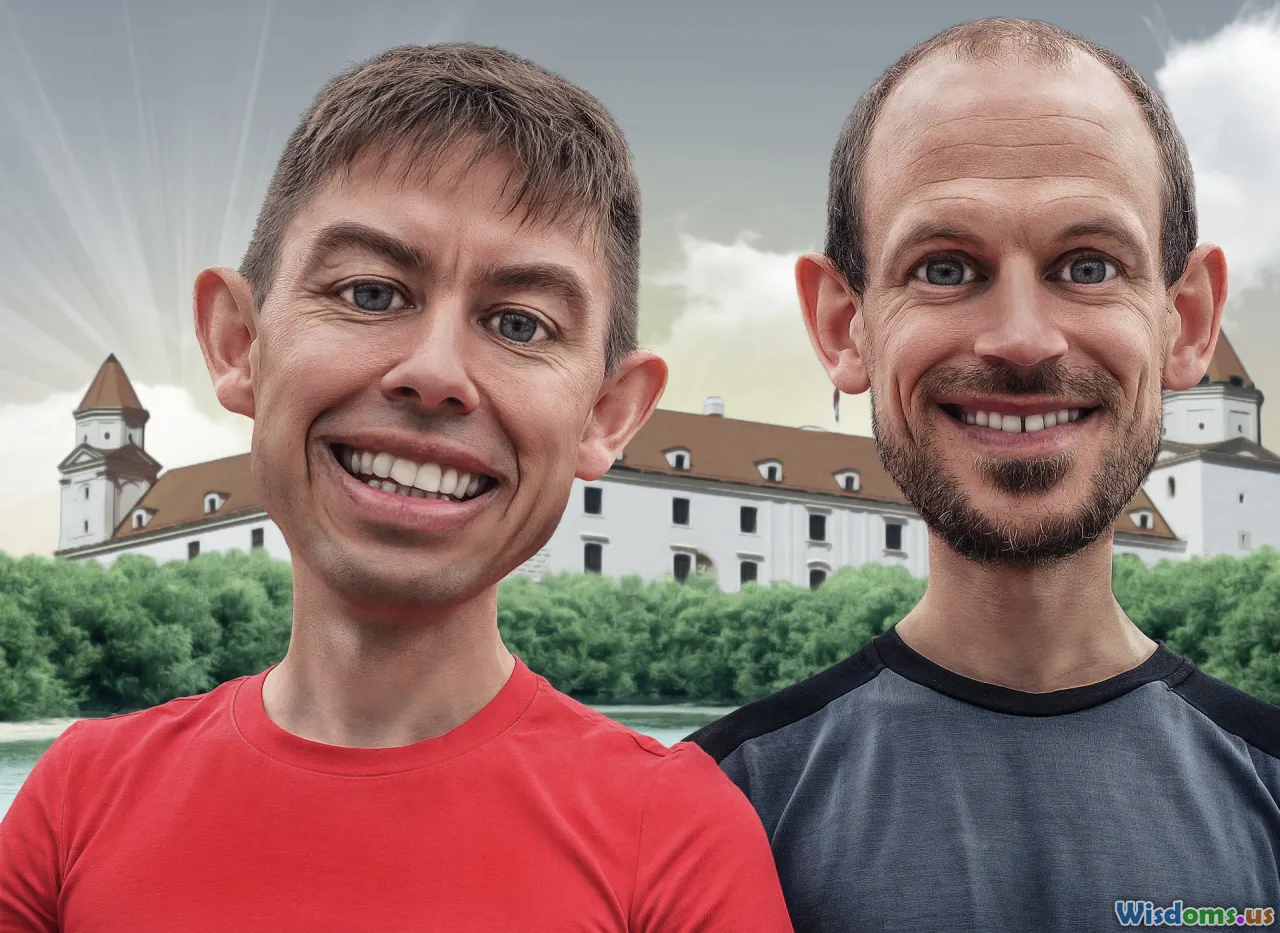
Readers experience graphic novels through a meticulously arranged marriage of art and design. Static panels build atmosphere, manipulate pacing, and communicate subtle emotional cues. Translating these visual decisions into moving pictures involves more than simply animating still images.
For example, in Netflix's adaptation of The Umbrella Academy, scene composition and coloring were painstakingly tailored to reflect the comic’s whimsical, offbeat aesthetic. Director and showrunner Steve Blackman collaborated closely with comic artist Gabriel Bá to retain the original’s surreal palette—think saturation spikes and dramatic silhouette lighting.
Yet, not every technique crosses over smoothly. Comic panels can depict impossible perspectives—multiple moments in one composite frame, or blending thought and action in ways incompatible with standard film grammar. The 2017 adaptation of Ghost in the Shell was critiqued for its beautiful but sometimes sterile re-creations of key comic scenes, missing their psychological subtext.
The most successful adaptations (such as the animated Persepolis) don’t replicate visuals wholesale but translate their emotion and meaning, using the strengths of the new medium. For instance, Persepolis opts for minimalistic black-and-white animation, echoing the comic’s memoir style and thematic focus, instead of chasing hyper-realism.
Dialogue and Voice: Adapting the Written Word
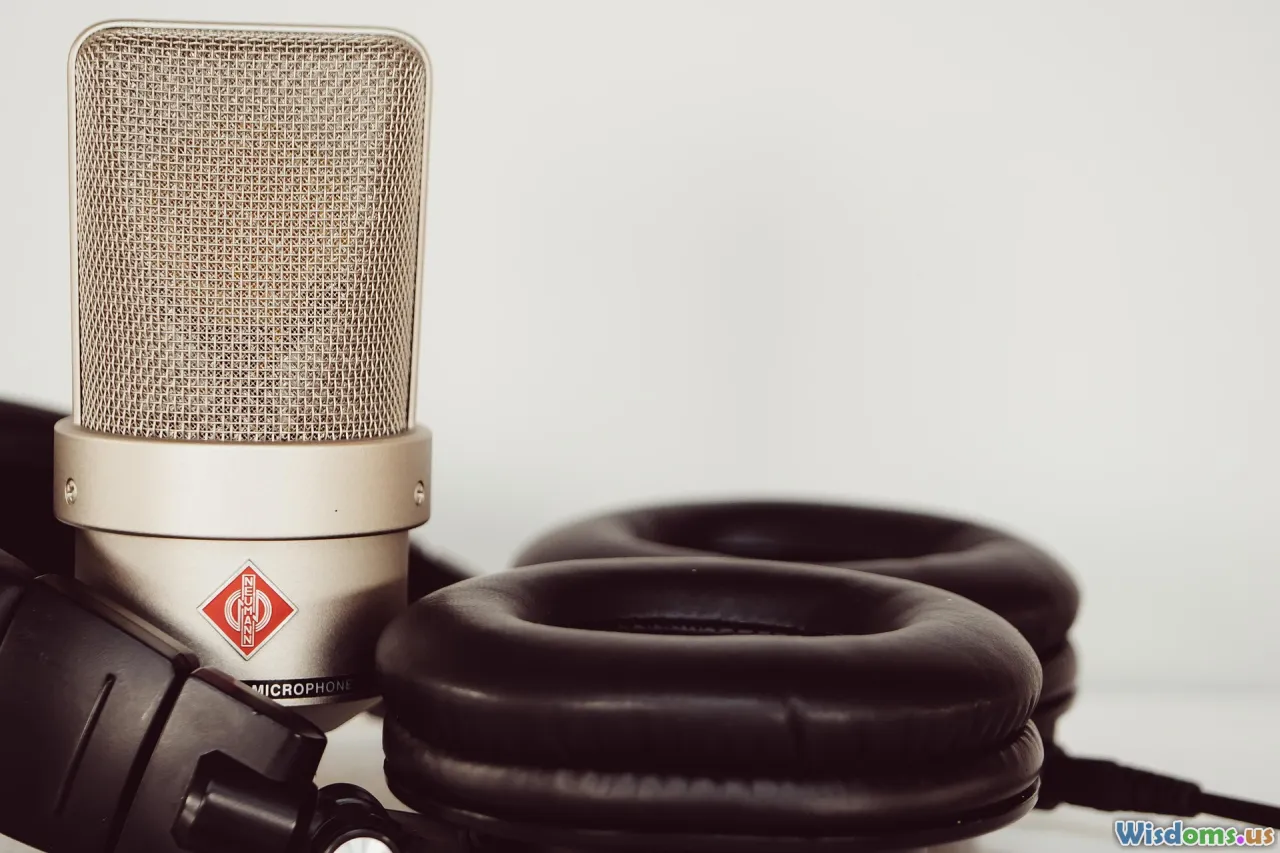
The written words of a graphic novel—its narrative voice, internal monologues, dialogue balloons—have a unique place entwined with the artwork. Translating this to film or stage requires inventive ways to preserve tone, subtext, and character depth.
In Sin City, both the film and the original comics by Frank Miller are steeped in noir narration and hardboiled exchanges. The movie leans heavily into voiceover to ensure that the pulpy, confessional style survives. This choice invites the audience into the minds of characters and preserves much of the original’s rhythm. Conversely, Road to Perdition (based on the graphic novel by Max Allan Collins and Richard Piers Rayner) largely eschews overt narration, opting for moody visuals and understated performances to communicate theme—a bold risk that ultimately paid off thanks to Sam Mendes’ direction and a stellar cast.
Stage adaptations introduce even more complexity. The 2017 Broadway adaptation of Fun Home required reevaluating how narrative flashbacks and intense introspection (effectively rendered in Alison Bechdel’s panels) could be portrayed without “thought balloons.” The result: deft use of music and choreography to externalize what characters felt, not just what they said.
Creators must ask: how much narrative scaffolding is essential, and when does the new medium demand letting performance and subtext fill in the gaps?
The Pacing Problem: Handling Time and Structure
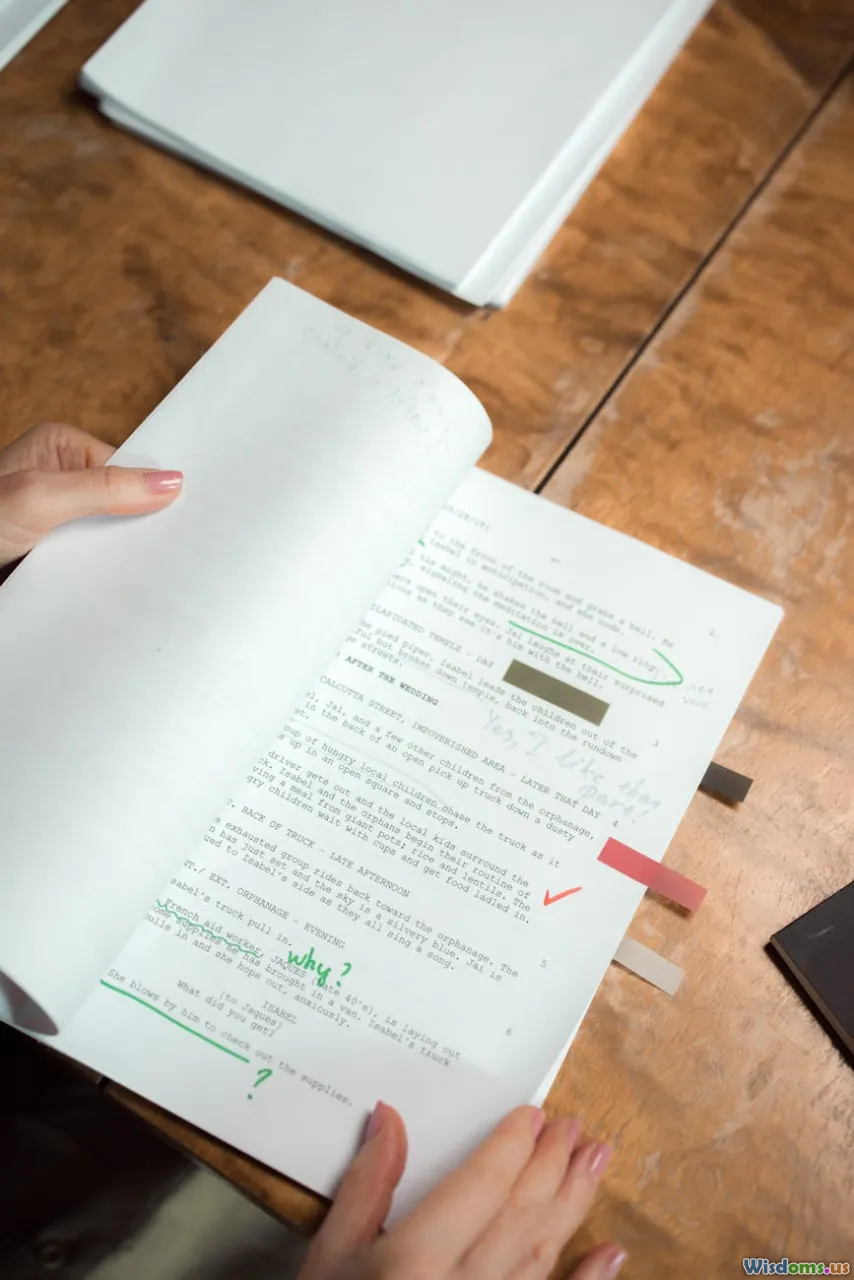
A single graphic novel page may compress hours of story or linger lovingly on a microsecond of action. Panel arrangement, page turns, and even gutter spaces (the blank areas between panels) inform how readers interpret time, speed, and momentum.
Films and TV, however, typically move in real time, subject to viewers’ expectations of flow—few people tolerate “slow” pacing in a two-hour film as they might in a leisurely read. The acclaimed live-action adaptation of Old Boy (from the manga by Garon Tsuchiya and Nobuaki Minegishi) employs rapid scenes and abrupt time jumps to maintain tension—compressing episodes that, in the manga, spanned chapters. Meanwhile, Netflix’s The Sandman faces a nearly impossible challenge: how to adapt Neil Gaiman’s vignettes and nonlinear timelines into an episodic structure familiar to streaming audiences.
Adopters must sometimes condense, reorder, or even invent subplots to maintain momentum. Yet, this carries risk; pacing changes can impact theme, tone, and even core meaning. Adaptors who disrespect the original's tempo may alienate its core audience or diminish its emotional impact.
Expanding or Contracting the Story
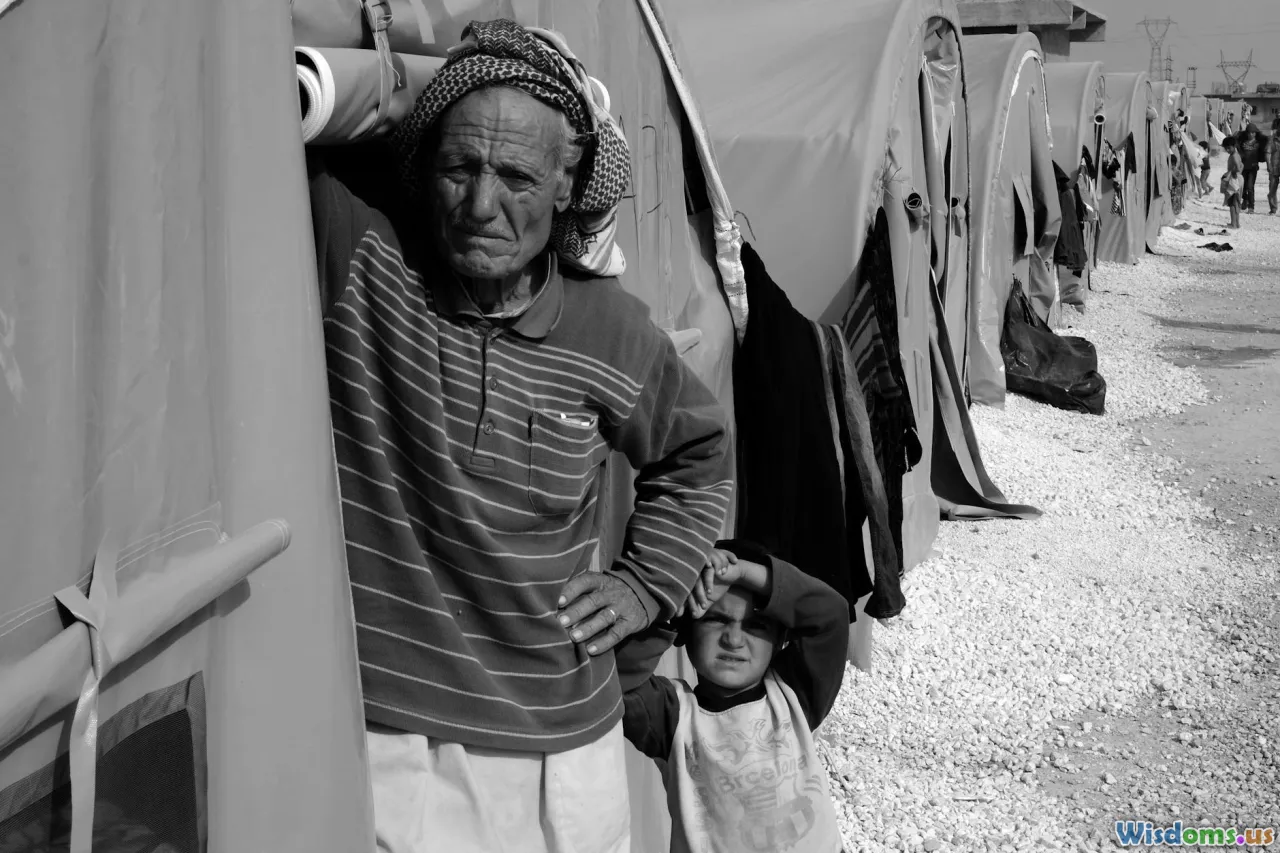
One logistical issue lies in length. Some graphic novels run hundreds, or even thousands, of pages (Akira, One Piece), others are brief. Feature films allow only so much screen time; TV shows must fill episodic slots. Adapters face hard choices—what to cut, what to expand, and what, if anything, to leave ambiguous.
Peter Ramsey and Bob Persichetti, directors of the animated Spider-Man: Into the Spider-Verse, took the basic premise of Marvel's comics and expanded it into a celebration of multiple Spider-heroes—all within a snappy two-hour runtime. The film distilled arcs and moments from numerous storylines, taking creative license to build thematic unity.
In contrast, some adaptations opt to stretch single stories into long-form series. The popular Japanese series Death Note started as a manga, which inspired an anime, several movies, and a novelization. Each adaptation selected and developed subplots differently based on the medium's format: the anime offered time for deeper characterization and philosophical back-and-forth, while the Netflix film simplified events and motifs to fit a Western, 90-minute action-thriller mold.
No adaptation can include everything; more crucial is choosing which elements uphold the soul of the original while ensuring narrative coherence.
Casting and Character Interpretation

Bringing drawn characters to life isn’t as simple as picking actors who resemble the originals. Nuances like demeanor, vocal inflection, and chemistry must be captured or risk undermining audience attachment.
Controversy surrounded the live-action adaptation of Ghost in the Shell when Scarlett Johansson was cast as Major Motoko Kusanagi, a character often coded (in both art and story) as Japanese. Critics cited whitewashing and a loss of cultural authenticity. Similarly, fans were divided when Tom Hardy was cast as Venom—some decried the physical and tonal departure from the comic; others praised the quirky, offbeat take. The successful adaptation of The Boys, meanwhile, saw some characters’ ethnicities, appearances, and even personalities changed from Page to Screen—yet, the casting of Karl Urban as Billy Butcher and Antony Starr as Homelander received widespread fan approval for capturing the spirit, if not the letter, of the originals.
Casting poses a chance to rethink characters, but missteps can prompt backlash or accusations of betrayal. Creative teams must weigh fidelity against fresh interpretation, and—crucially—involve diverse voices in these decisions.
Cultural and Thematic Context: The Challenge of Relevance

Graphic novels are often rooted deeply in cultural, historical, or political context. Texts like Persepolis and Maus aren’t just stories; they’re commentaries on state surveillance, war, trauma, and individual rights.
When titles cross national or cultural boundaries, their meaning may shift—or require reframing. The 2022 Korean adaptation of Hellbound (originally a webtoon) stays true to the social satire of its source, but tweaks key incidents to better resonate with TV viewers’ concerns about viral misinformation. Netflix’s Lupin reimagined a French literary icon originally rooted in early 20th-century class struggles, recasting him in modern-day Paris and addressing contemporary themes such as police profiling and immigration.
Adapting for a new culture sometimes involves difficult translation choices—updating slang, social references, or even major plot elements. The danger: stripping away nuance, authenticity, or alienating the original work’s core audience. Successful adaptations encourage critical engagement rather than mere transplantation.
Navigating Fan Expectations

Perhaps nowhere else is the collision between creators and audience so pronounced as in popular graphic novel adaptations. Legions of devoted fans exist, ready to analyze casting announcements or dissect trailer imagery for inconsistencies.
The 2017 release of Death Note on Netflix provoked intense backlash for Americanizing the story and altering key character traits—a move criticized as misunderstanding and misrepresenting the original. Conversely, the devout care taken in the adaptation of Sandman for Netflix generated excitement despite decades-long skepticism that a suitable adaptation was even possible.
Transparent production processes and engagement with the fan community can soften potential blowback. Consider how Marvel and DC often involve original comic creators as consultants in the creative process—a goodwill gesture rarely lost on passionate audiences. While seeking universal satisfaction is impossible, building bridges rather than barriers with fans is increasingly vital, especially in the digital age of instant feedback.
Synergies and Lessons for Future Adaptations
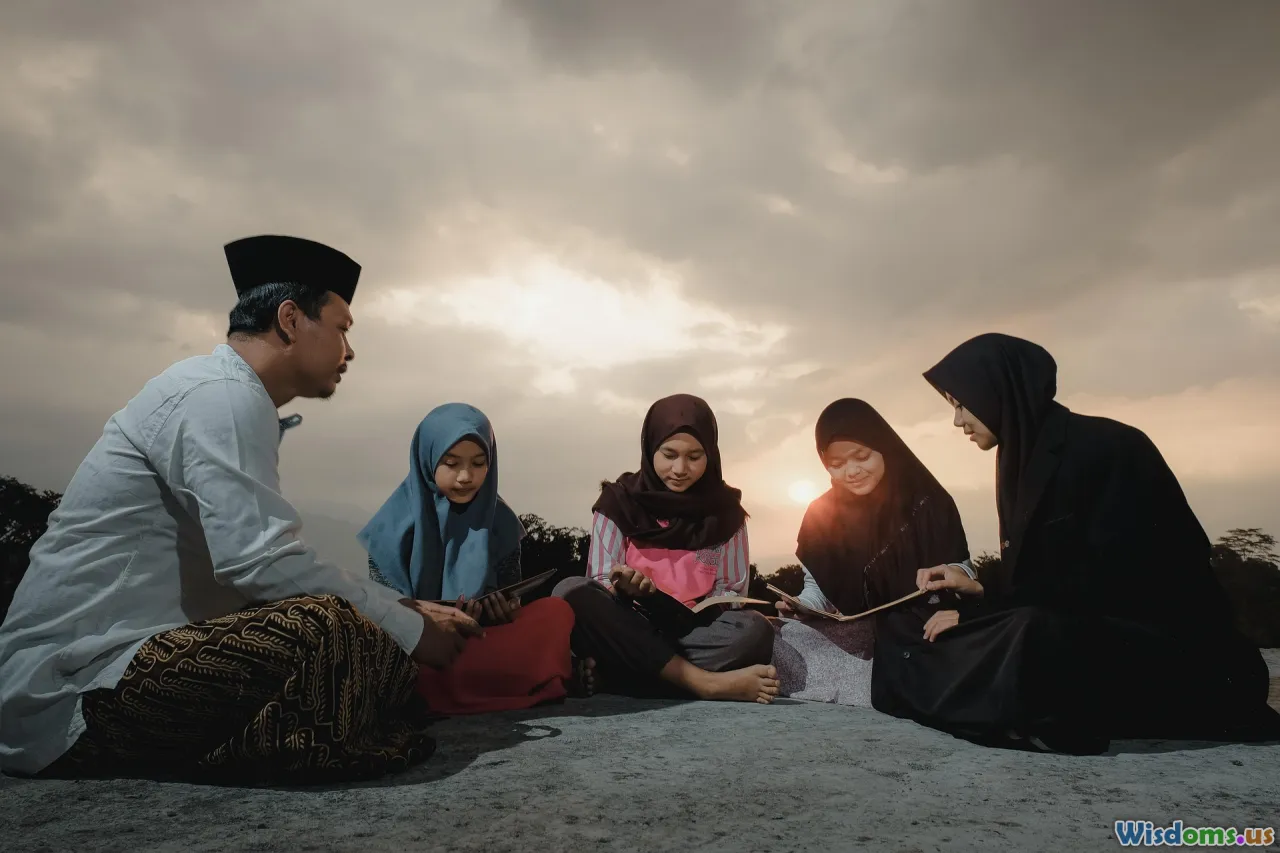
Despite these formidable challenges, the adaptation of graphic novels continues to push creative boundaries. The interplay between artists, writers, directors, and audiences teaches essential lessons: respect for source material, the need for innovation, and a willingness to experiment with format and structure.
One emerging trend is hybrid animation, as seen in Arcane (inspired by League of Legends lore rather than a strict graphic novel, but similar in format), blending comic book motion graphics with expressive character animation. Such adaptations hint at a future where the lines between page and screen are progressively blurred, and storytelling possibilities multiply.
Collaboration between source creators and adaptation teams—see Taika Waititi’s work with The Incal, involving original co-creator Alejandro Jodorowsky—promises richer translations, mutual respect, and fresher perspectives. The best adaptations vividly demonstrate that while challenges abound, the rewards—cultural, financial, and creative—are more than worth the risk.
The potent language of pictures and prose attracts generations of readers—and, increasingly, showrunners, filmmakers, and stage directors. Though adapting graphic novels is rarely straightforward, understanding these surprising challenges arms us to better appreciate, critique, and support these ambitious storytelling ventures. The future holds many more reinterpretations, each grappling with the core dilemma: how to remain true to a beloved form while welcoming the possibilities (and perils) of new creative frontiers.
Rate the Post
User Reviews
Popular Posts










